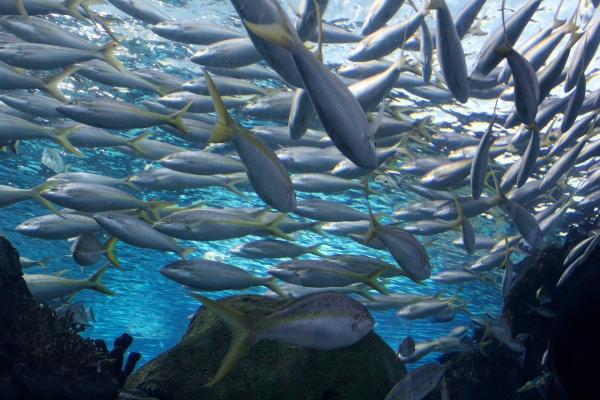In 2009, the U.S. government turned more than 190,000 square miles of pristine ocean centered on the Mariana Trench in the remote Pacific into one of the world’s largest protected areas. The same year, Mexico completed a management plan for the Cabo Pulmo coral reef in the Gulf of California, covering just 27 square miles.
Which action achieved the most? As the biggest United Nations conference on biodiversity in a decade gathers in Montreal this week, it is a crucial question.
The conference has big plans to protect biodiversity by more than doubling the area of the planet under protection to 30 percent of both land and ocean by 2030. By going big, the Mariana Trench protected area is a model of what is planned. But many ecologists say that by throwing a protective arm around an ecosystem under no current threat, it accomplishes little. Whereas Mexico’s tiny Cabo Pulmo National Park, though only slightly more than one ten-thousandth the size, has done much more, bringing marine life back to a coral reef once lauded by French marine explorer Jacques Cousteau as “the world’s aquarium,” but then ravaged by fishing.
Read more at: Yale Environment 360
Photo Credit: Mircella via Pixabay


